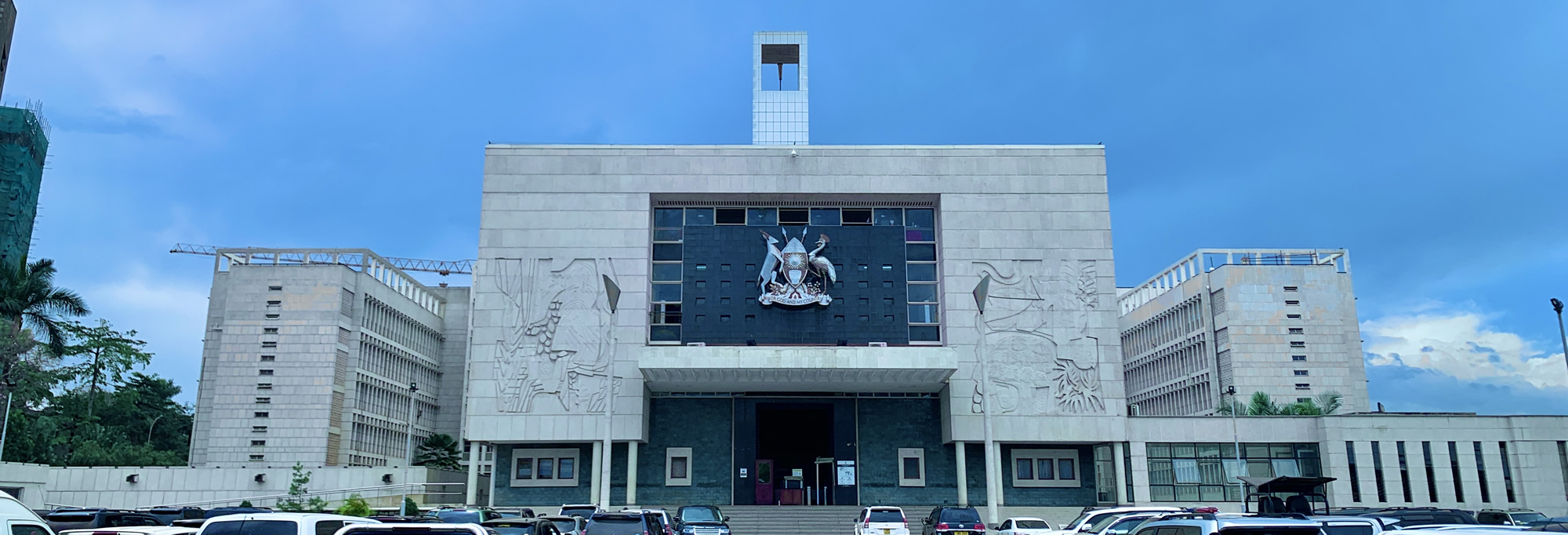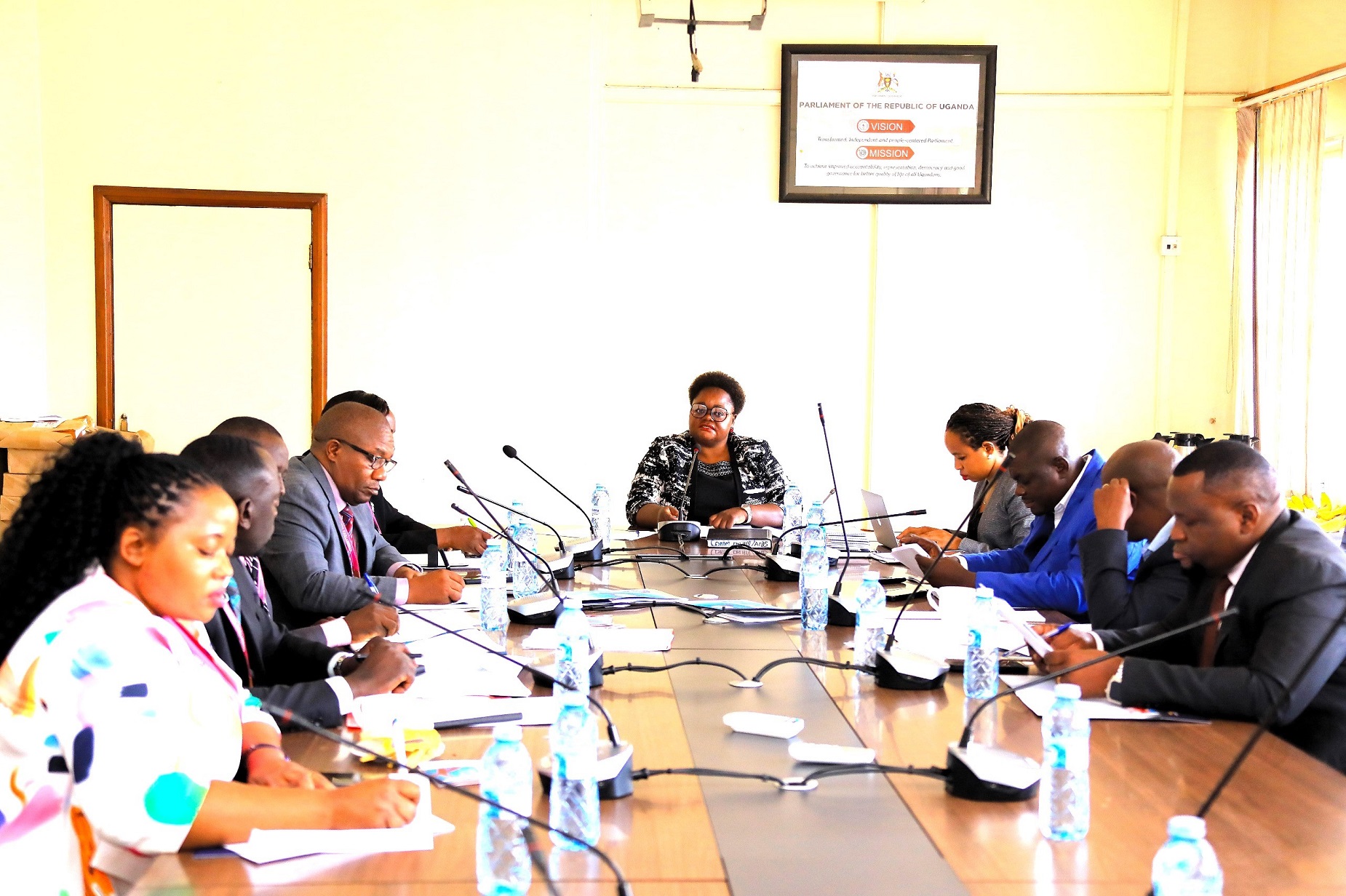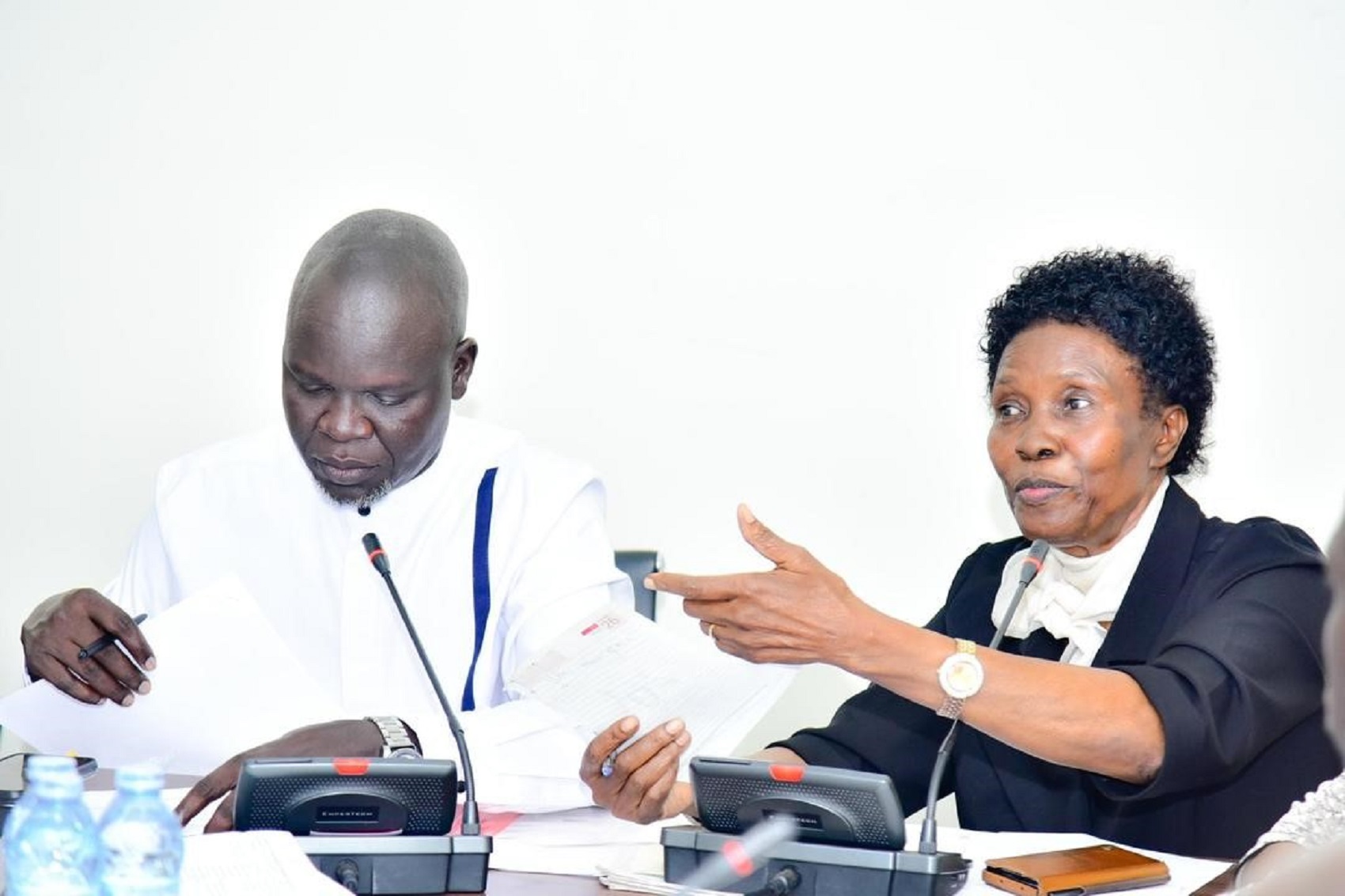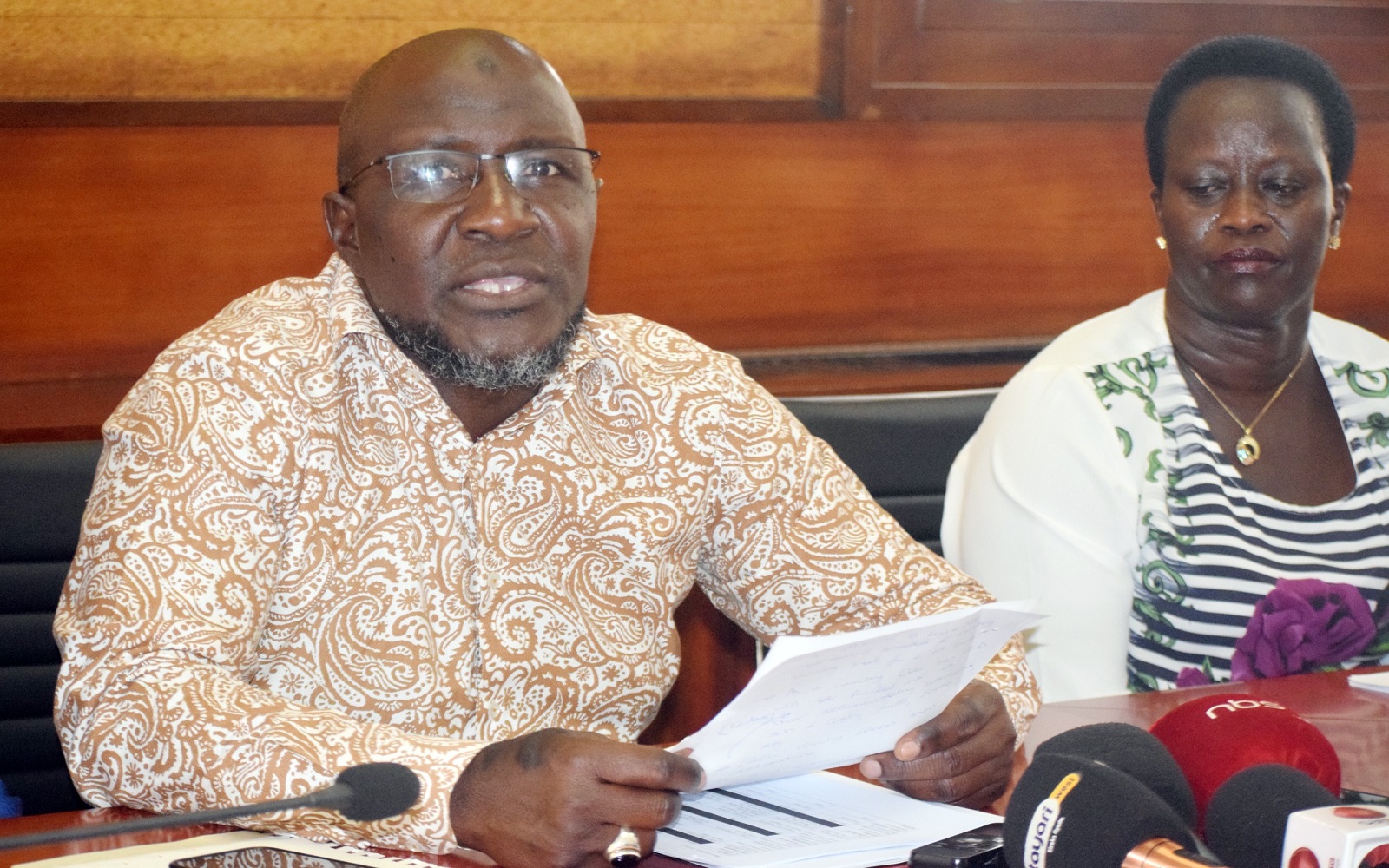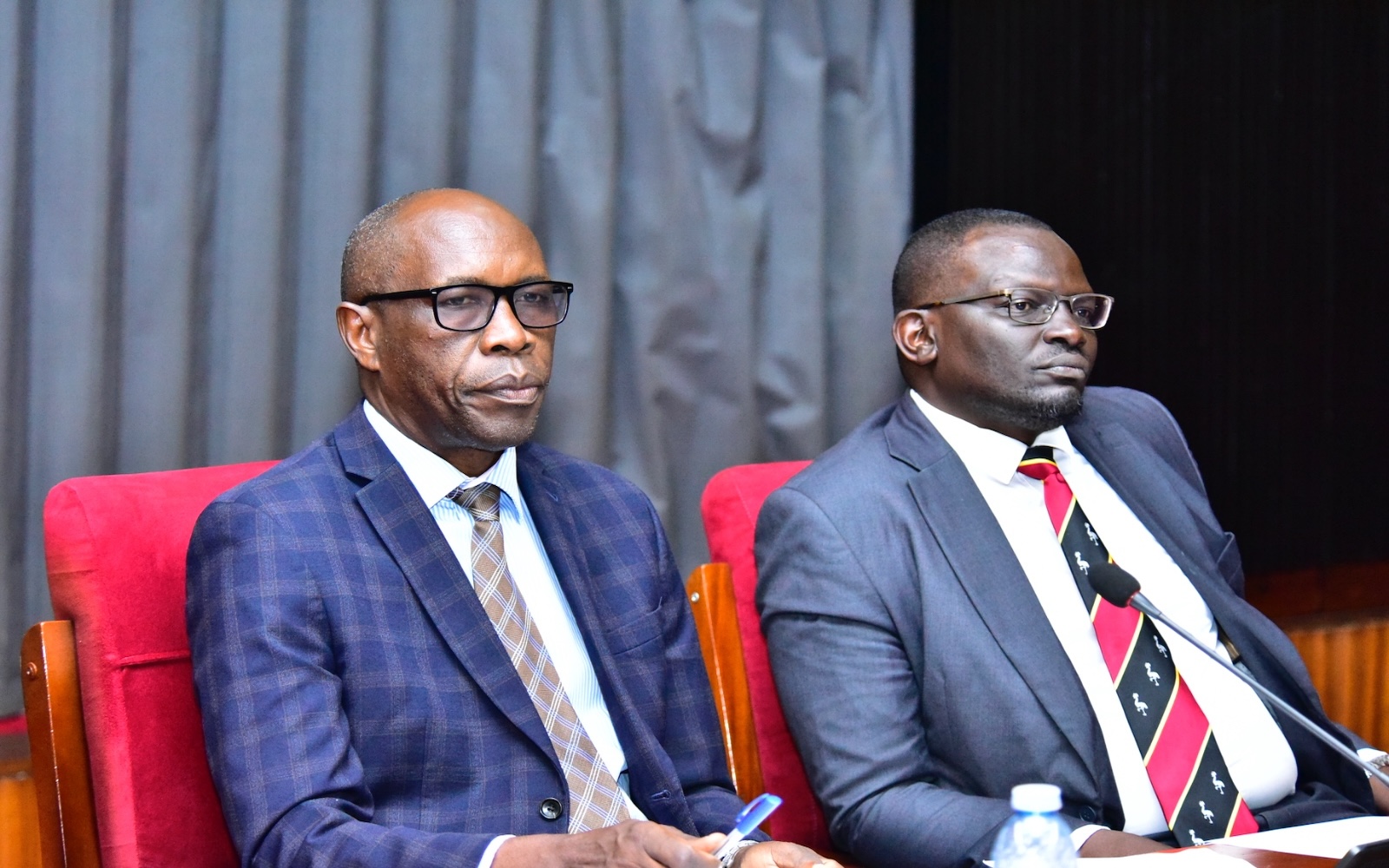The Uganda AIDS Commission (UAC) has recorded a sharp fall in both AIDS-related deaths and new HIV infections.
Speaking during a sitting of the Parliamentary Committee on HIV/AIDS and Related Matters on Wednesday, 15 October 2025, Tom Etti, the Director for Partnership at UAC presented the commission’s latest status report and pointed to a 64 per cent reduction in annual AIDS deaths from 56,000 in 2010 to 20,000 in 2024 and a fall in new HIV infections from 96,000 to 37,000 over the same period.
“These are impressive gains that reflect Uganda’s resilience and the strong leadership behind the national response,” he said.
The report shows the country is close to the UNAIDS 95-95-95 cascade: 94 per cent of people living with HIV are aware of their status, 90 per cent are on antiretroviral therapy (ART), and 96 per cent of those on treatment are virally suppressed.
“Our 95-95-95 targets show we are close to epidemic control,” Etti told the committee, adding that more than 1.4 million Ugandans are now receiving ART.
The national successes formed the central, most positive message of the UAC submission that prevention and treatment efforts have substantially reduced deaths and new infections, and that viral suppression levels are high among those on treatment.
Etti stressed that these achievements provide a platform for accelerating the country towards the Presidential Fast-Track Initiative goal of ending AIDS as a public health threat by 2030.
The report’s district-level data, shows the epidemic remains geographically uneven, with the largest absolute burdens concentrated in central and peri-urban districts.
Wakiso District had the largest number of people living with HIV (PLHIV), 180,300, and the highest number of estimated new infections in the year to December 2024 (3,950). It was followed by Kampala District with 73,600 people living with HIV and 1,840 new infections.
Buikwe District, meanwhile, had 30,100 PLHIV and 600 new infections. Mukono District shows 26,800 PLHIV and 570 new infections, while Luwero District has 25,000 PLHIV and 560 new infections, and Mubende District 24,000 PLHIV and 540 new infections.
The Commission’s district breakdown also highlights districts with particularly high prevalence percentages. Urban centres and some district cities stand out: Fort Portal City recorded an adult prevalence of 14 per cent, Kyotera 13 per cent, while Kalangala District and Soroti City each appear around 12 per cent underscoring persistent localised transmission risks.
The committee pressed the committee on their plans to resolve the gaps presented.
Hon. Sarah Kayagi, the committee chairperson asked why over 4,700 children were still being born with HIV despite prevention efforts.
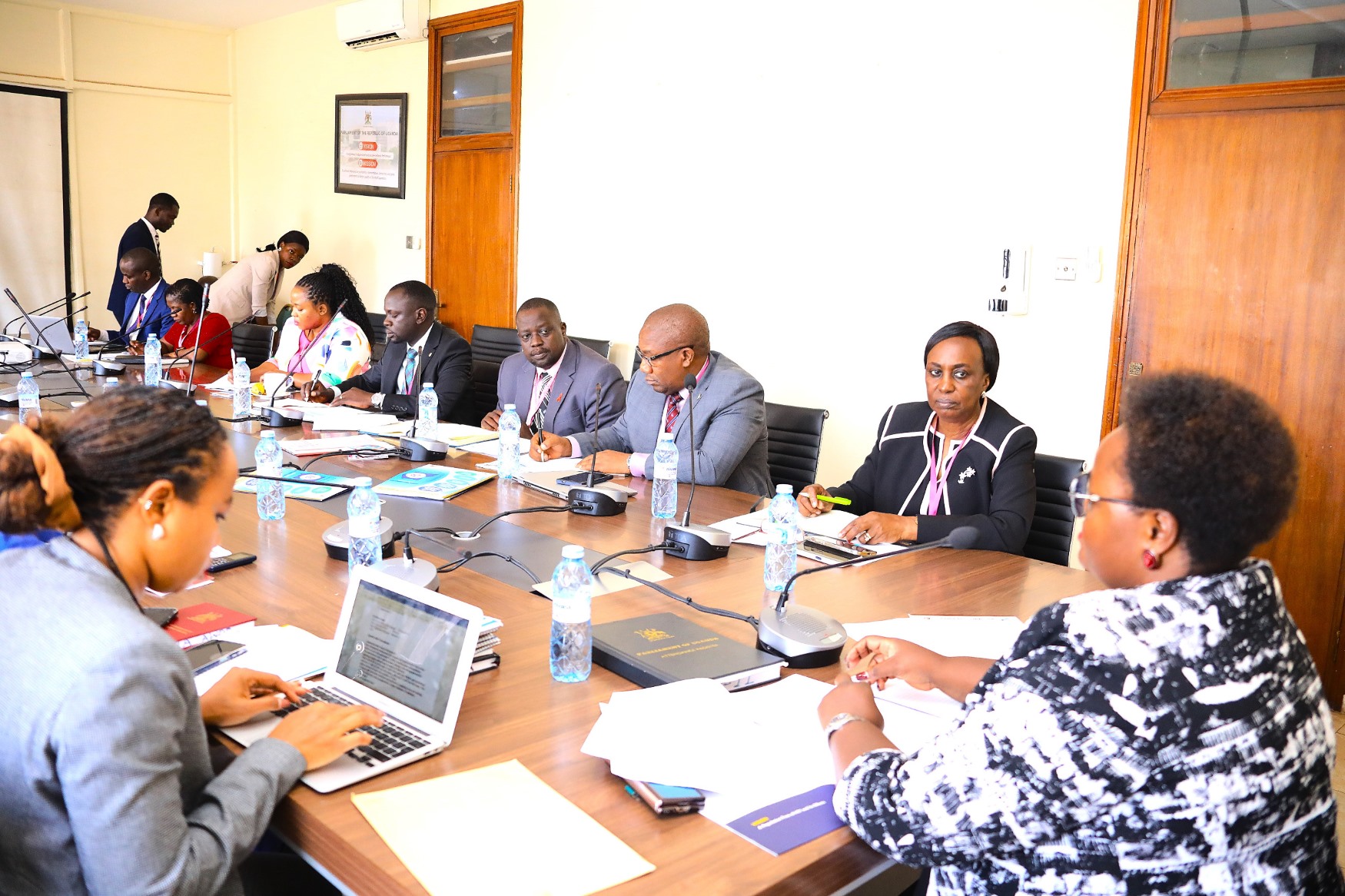
“We appreciate the progress, but it is deeply worrying that thousands of children are still being infected at birth. We need to understand what is failing in the mother-to-child prevention chain,” she said.
Kayagi, also the District Woman Representative, Namisindwa raised concern over the number of girls getting infected.
“We have seen that from last year we have seen 37,000 new infections and out of this, 21,000 of these are young girls and 11,000 are boys, the number of young girls getting infected is twice the number of boys, this is an area of concern,” she added.
Etti acknowledged the concern. He said the country’s maternal HIV response had improved but that mother-to-child transmission remains an area requiring intensified attention, particularly in regions where access to antenatal care and timely initiation of ART for pregnant mothers is uneven.
The presentation’s national fact sheet confirms an estimated 4,700 new infections among children (0–14) in the year to December 2024.
The UAC outlined an HIV Sustainability Roadmap aimed at reducing donor dependence and increasing domestic financing. The roadmap proposes that by 2027 at least 60 per cent of non-commodity HIV costs be financed domestically, and by 2030 at least 80 per cent of recurrent HIV costs should be met from domestic sources including through a functioning National Health Insurance Scheme and innovative instruments such as health bonds and debt-to-health swaps.
“We are confident that by strengthening partnerships, investing in prevention, and integrating HIV into all development programmes, Uganda can end AIDS as a public health threat by 2030,” Etti told the committee.
Hon. Michael Kakembo (NUP, Entebbe Municipality) stated during the committee meeting that sensitisation of the population has highly reduced, with condom use dropping lower.
“Shower them with information of how HIV is still dangerous and still spreads highly, because so many things have changed, maybe now we can invade bars,” he said and called for more funding for the Uganda AIDS Commission.
Hon. Denis Oneka Lit (FDC, Kitgum Municipality) hailed the Commission for several steps and successes registered in the fight against HIV but wondered how more men can be helped, as the statistics show that their numbers are high.
